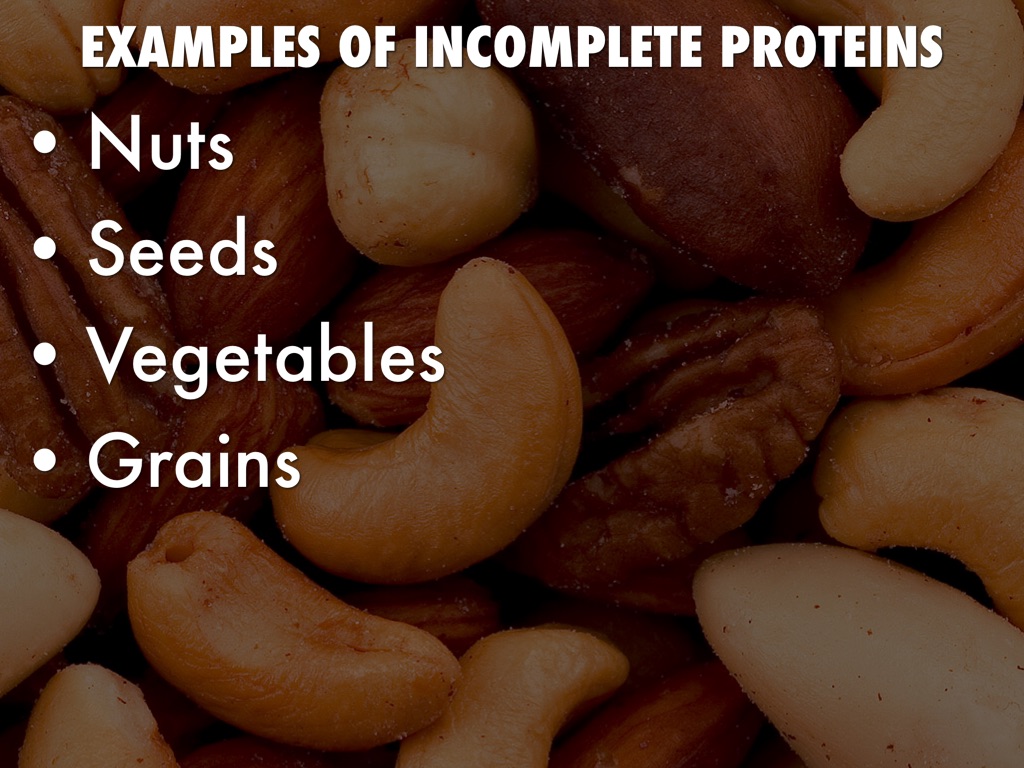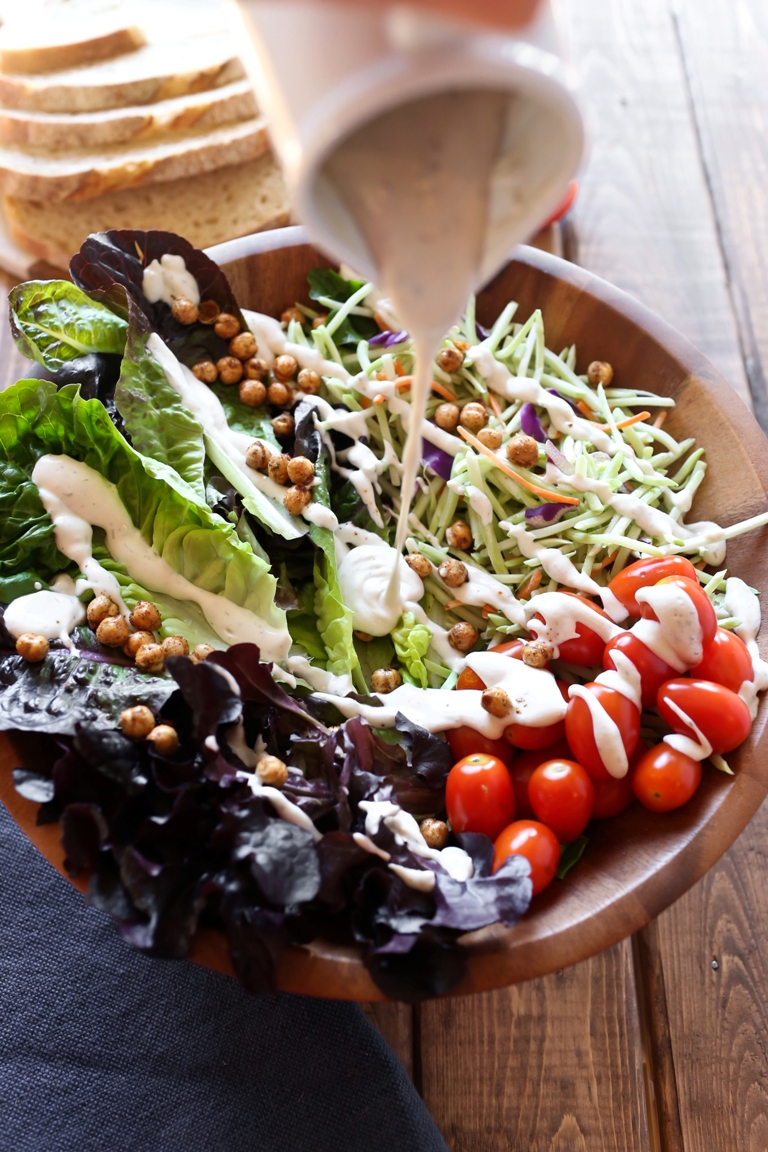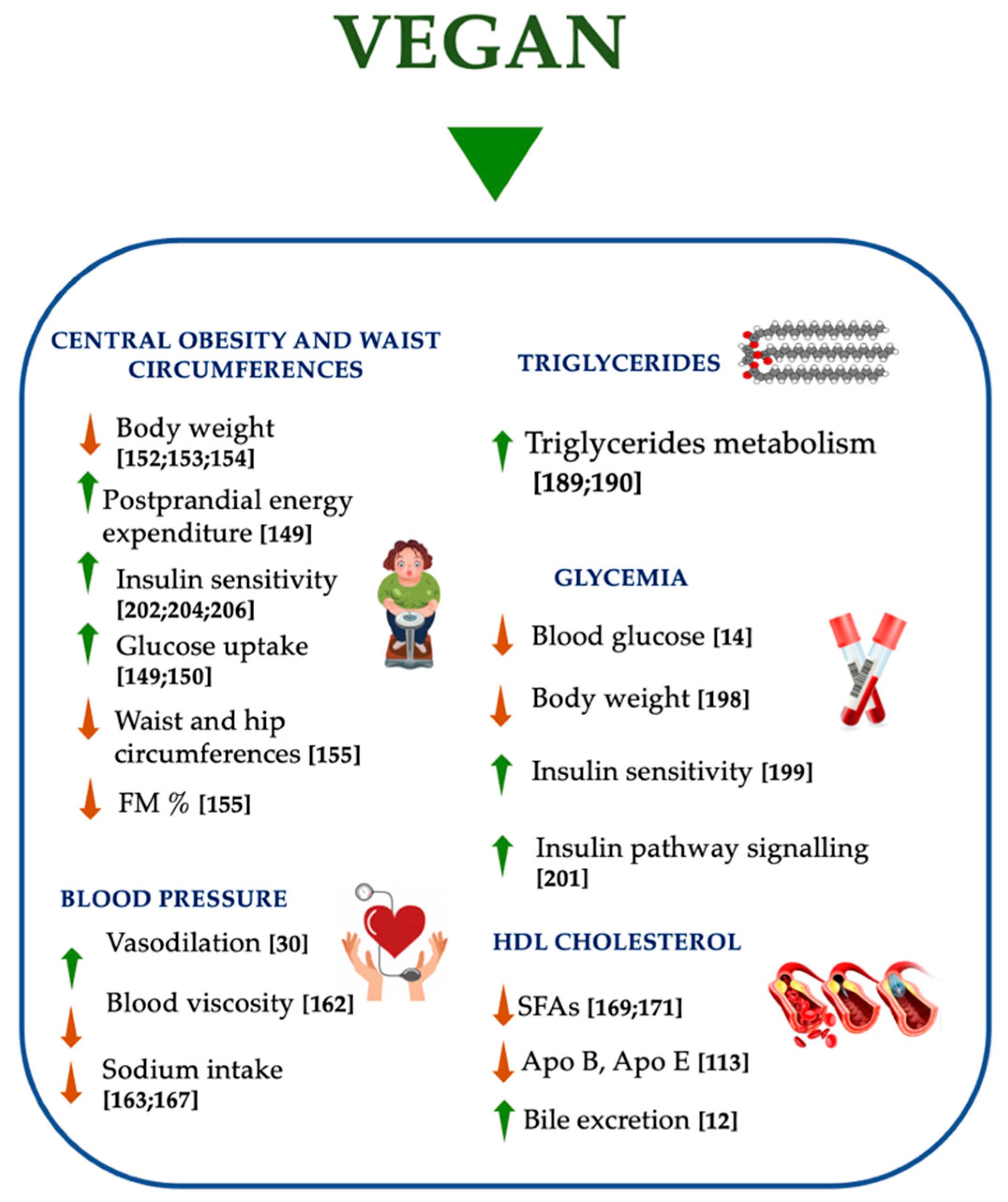
Whether you are trying to maintain a healthy diet or are looking for new ways to cook, Mediterranean vegetarian recipes can help you meet your nutritional goals. These meals are full of antioxidants and healthy nutrients. They are also delicious and easy to make. There are many different recipes to choose from. You can eat them for lunch or dinner. They can be used to introduce new flavours into your diet.
Mediterranean food is high in fresh fruits, vegetables and healthy grains. It also has low levels of saturated fat. It stresses the importance of eating whole food plants. Mediterranean recipes have a natural taste and are not processed.
Easy to prepare and delicious, Mediterranean vegetarian recipes are fun to enjoy. Shakshuka (hawawshi), and vegan red Pesto are just a few of the many popular vegetarian recipes. These are all excellent vegetarian options for dinner or lunch. You can also grill or bake Mediterranean ingredients to get the best out of them. For a more spicy taste, add some seasonings.

You can also enjoy a classic Greek pie made with zucchini and feta. This pie tastes great and is very easy to make. It is also gluten-free with crispy edges. To make it healthier, you can substitute the shredded cheese for goat cheese or spinach. You can serve it over greens for a complete meal or tuck it into a pita for a quick lunch.
This grilled portobello mushrooms and tomato sauce with Feta is a great option if you're looking for a healthy Mediterranean vegetarian recipe you can make for your family. For a complete meal, you can make it ahead of time and serve it with greens. You can top it with a rich balsamic sauce. You can also top it off with basil and mozzarella for a delicious addition.
You can also consider the Mediterranean diet if you want to reduce your carbohydrate intake. The Mediterranean diet is made up of whole grains, fruits, vegetables and nuts. These foods are good sources of protein and can be added to any diet. You can choose from a variety of different Mediterranean vegetarian recipes to find one that is right for you.
Another excellent Mediterranean vegetarian recipe is shakshuka. Shakshuka, a delicious appetizer, is quick and easy to prepare. It can also be used for lunch or dinner. Brown lentils are a healthier option to ground beef. This can be done in under 20 minutes. You can also add a dash of anchovy paste to the dish to enhance its flavor.

Another excellent Mediterranean recipe for vegetarians is a colorful pasta dish. You can make it with short cut rice-like pasta, or you can add in quinoa. You can also make whole grain salads with different grains. You can serve this with a simple vinaigrette dressing for a tangy undertone.
FAQ
Why should we have a healthy lifestyle to begin with?
Healthy lifestyles lead to happier and longer lives. Regular exercise, healthy eating habits, healthy sleep habits and stress management can all help prevent strokes, heart disease, diabetes, and cancer.
A healthy lifestyle will improve our mental well-being and help us deal better with everyday stresses. A healthy lifestyle will increase self confidence, and it will make us feel younger.
How can I get enough vitamins
Your diet can provide most of your daily requirements. Supplements may be necessary if you are not getting enough of a particular vitamin. A multivitamin supplement can provide all the vitamins you require. Or you can buy individual vitamins from your local drugstore.
Talk to your doctor to find out which foods are rich in vitamins. Some examples of rich sources of vitamins E and K include dark green leafy vegetables, such as spinach.
Ask your doctor to help you determine the right amount of vitamin. The doctor will determine the proper dosage based upon your medical history as well as your current health.
Do I need to count calories?
You may be wondering "what is the best diet for you?" or "is counting calories necessary?" Well, the answer depends on several factors including your current health status, your personal goals, your preferences, and your overall lifestyle.
The Best Diet for me - Which One Is Right for You?
My personal health, goals, lifestyle and preferences will all influence the best diet. There are many options, both good and bad. Some work well for certain people while others don't. So what do I do? What should I do?
This article aims at answering these questions. The article starts by introducing the many types of diets currently available. Next, we'll discuss the pros and cons for each type of diet. We will then look at how to pick the right one for you.
Let's begin by briefly reviewing the different types and diets.
Diet Types
There are three main types of diets: low fat, high protein, and ketogenic. Let's talk about them briefly.
Low Fat Diets
A low-fat diet restricts fat intake. This is done through reducing the intake of saturated fats (butter, cream cheese, etc.) These fats can be replaced with unsaturated fats like avocados and olive oil. A low fat diet is often recommended for those who want to lose weight quickly and easily. However, constipation, stomach pain, and heartburn can all be caused by this type of diet. It can also lead to vitamin deficiencies, if someone doesn't get enough vitamins in their food.
High Protein Diets
High protein diets reduce carbohydrates to favor of proteins. These diets typically have more protein than other diets. These diets are meant to help increase muscle mass and decrease calories. One problem is that they may not provide adequate nutrition to someone who needs it. They can be quite restrictive and are not recommended for everyone.
Ketogenic Diets
Ketogenic diets are also known as keto diets. They are high in fat and moderate in protein and carbs. Athletes and bodybuilders use them because they allow them more time and harder training without getting tired. They do require strict compliance to avoid any side effects like fatigue, headaches, nausea, and headaches.
How do I determine what's good?
Listening to your body is essential. Your body is the best judge of how much exercise, food and rest you should get. You need to be aware of your body and not overdo it. Pay attention to your body, and ensure that you're taking care of your health.
Statistics
- nutrients.[17]X Research sourceWhole grains to try include: 100% whole wheat pasta and bread, brown rice, whole grain oats, farro, millet, quinoa, and barley. (wikihow.com)
- According to the Physical Activity Guidelines for Americans, we should strive for at least 150 minutes of moderate intensity activity each week (54Trusted Source Smoking, harmful use of drugs, and alcohol abuse can all seriously negatively affect your health. (healthline.com)
- The Dietary Guidelines for Americans recommend keeping added sugar intake below 10% of your daily calorie intake, while the World Health Organization recommends slashing added sugars to 5% or less of your daily calories for optimal health (59Trusted (healthline.com)
- WHO recommends consuming less than 5% of total energy intake for additional health benefits. (who.int)
External Links
How To
What does the "vitamin") mean?
Vitamins are organic substances found naturally in food. Vitamins help us absorb nutrients from foods we eat. Vitamins are not made by the body, so they must be obtained through food.
There are two types of vitamins: water soluble and fat soluble. Water-soluble vitamins dissolve easily when they are dissolved in water. Some examples include vitamin C,B1 and B2 vitamins (thiamine), B2 and riboflavin, B3 and niacin, B6 vitamins (pyridoxine), B6 vitamins (niacin), folic acids, biotin, pantothenic acids, and Choline. The liver and fat soluble vitamins are stored in fatty tissue. Some examples include vitamin D and E, K, A, beta carotene, and A-vitamins.
Vitamins are classified according their biological activity. There are eight major vitamin groups:
-
A - Vital for healthy growth.
-
C - important for proper nerve function and energy production.
-
D - Essential for healthy teeth and bones.
-
E is required for good vision and reproduction.
-
K - essential for healthy nerves, muscles, and joints.
-
P – Vital for building strong bones.
-
Q – aids digestion and absorption.
-
R is required for the production of red blood cells.
The recommended daily intake (RDA), of vitamins varies with age, gender and physical conditions. The U.S. Food and Drug Administration, (FDA), sets the RDA value.
For adults aged 19 and older, the RDA for vitamin B is 400 micrograms daily. For fetal development, pregnant women require 600 micrograms per daily. Children ages 1-8 require 900 micrograms per day. Babies under one-year old need 700 micrograms per daily. Between 9 and 12 month, however, this drops to 500 mg per day.
Children between the ages of 1-18 need 800 micrograms per daily for obesity, while those overweight require 1000 micrograms. To meet their nutritional needs, children underweight and obese need 1200micrograms.
Children ages 4-8 years who have been diagnosed with anemia need 2200 micrograms per day of vitamin C.
Adults over 50 years of age need 2000 micrograms per day for general health. Because of their higher nutrient needs, women who are pregnant or nursing need 3000 mg per day.
Adults over 70 years of age need 1500 micrograms per day since they lose about 10% of their muscle mass each decade.
Women who are pregnant or lactating need more than the RDA. Pregnant women require 4000 micrograms daily during pregnancy, and 2500 micrograms every day after birth. Breastfeeding moms need 5000 micrograms per daily when breastmilk production occurs.